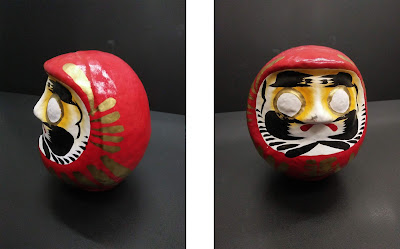In 1885 a Reserve Infantry Corps was formed in Campbelltown in a fervor or patriotism, probably fuelled by the Sudanese uprising for independence from Egypt. How did this affect a small town in New South Wales? The British, who supported the Egyptians, decided to allow the Sudanese self-government. General Charles Gordon was sent to oversee the withdrawal of the Egyptians from Khartoum. Unfortunately Gordon ignored his orders and resolved to crush the Sudanese to ensure stability in the region. The city of Khartoum was then besieged by the Sudanese for almost a year, finally falling in January 1885. Gordon, his garrison, and over 10,000 civilians were massacred. British public opinion forced the reluctant British government to send an expeditionary force to Sudan. The Attorney General of NSW and acting Colonial Secretary, William Bede Dalley offered to send a contingent, making the colonial army of New South Wales the first Australian contingent to fight for the British in an imperial war.
The men of Campbelltown, including the bank manager, storekeepers, farmers, tradesmen and labourers signed up for the Campbelltown Infantry Reserve Corps. 1886 saw the Corps practicing battalion drills, participating in shooting competitions, and competing in military games with other Corps from neighbouring areas. In September a ball was held to celebrate their first anniversary, and an encampment was held at Campbelltown. The volunteers had raised enough money to defray the expense of undergoing a course of training "under canvas". This was highly successful, with prominent citizens such as Mr Gilbert of the Forbes Hotel, and Mr Gore of the Commercial Bank being strong supporters. Men from Picton, Hay, Albury, Narrandera, Young, Braidwood and Mittagong were in attendance at the camp, where military style exercises, marching drills and other manoeuvres were practiced.
 |
A detachment of the Picton and Campbelltown Mounted Infantry
(Town and Country Journal 4.10.1890) |
Early in 1889, the Volunteer Infantry Corps from Campbelltown became a Mounted Infantry Corps and it, along with mounted corps from other areas including Camden and Picton, became the N.S.W. Regiment of Volunteer Mounted Infantry. The Campbelltown contingent, under Captain Moore, were the D Company. The Corps attended a camp at Dawes Point, where they were sworn in as special constables, completing ceremonial duties, escorting dignitaries, and peacekeeping, as well as sending teams to various rifle shooting competitions around the state.
 |
A section of the camp of mounted special constables at Dawes Point 1890
(Town and Country Journal 4.10.1890) |
In 1893, the NSW Mounted Infantry was restyled as the NSW Mounted Rifles. In 1894, Captain Moore died, having been with the Corps since its inception in 1885. Early in 1895 the Campbelltown Corps disbanded, and was absorbed into the new Camden Half-Company. Activities continued, with manouevres, drills and a large mock battle held at Sugarloaf. This was attended by His Excellency the Governor Viscount Hampden, and Major General Hutton. Hundreds of locals turned out to witness the action.
A group of the Rifles and their horses were sent to attend the 60th Jubilee Celebrations of Queen Victoria in England, in 1897. They acquitted themselves very well, described as having "soldierly bearing and exemplary conduct". Prior to returning home, 36 of their horses were sold at Tattersalls for an excellent price. One mare, owned by Private Moore of Campbelltown, was purchased by the Earl of Jersey for 110 guineas.
Next week - The NSW Mounted Rifles and the Boer War.
Written by Claire Lynch
Sources
Bicentennial History of Campbelltown - Carol Liston
Campbelltown and the Boer War - Jim Munro and Jeff McGill
Australia's Boer War - Craig Wilcox
Trove
www.therocks.com/the-sudan-campaign/
Town and Country Journal







